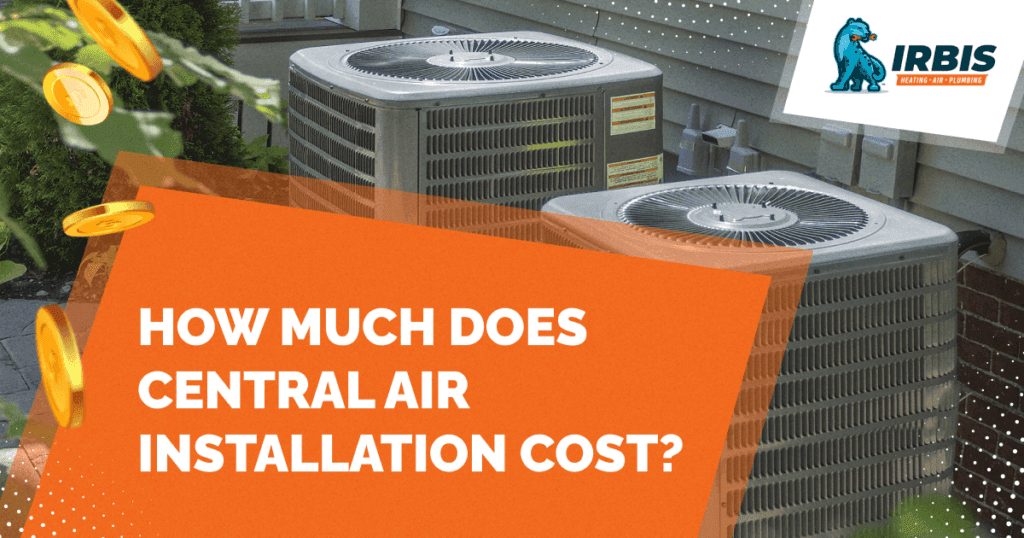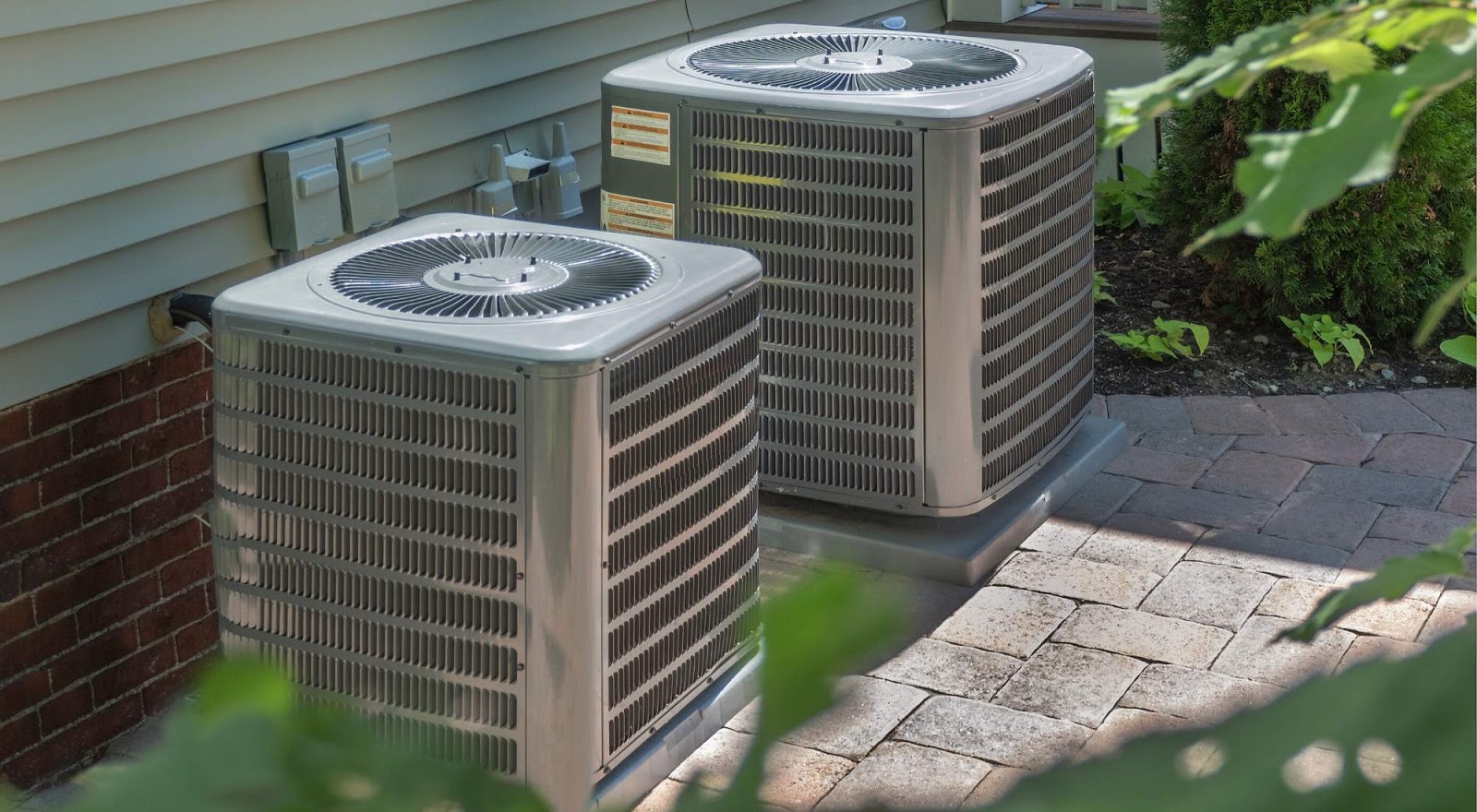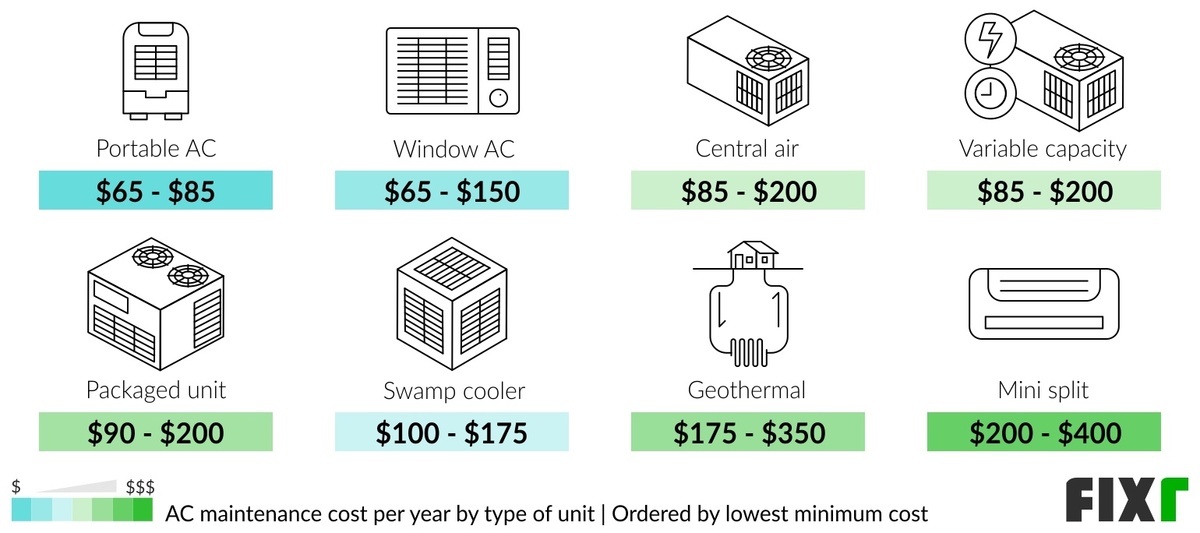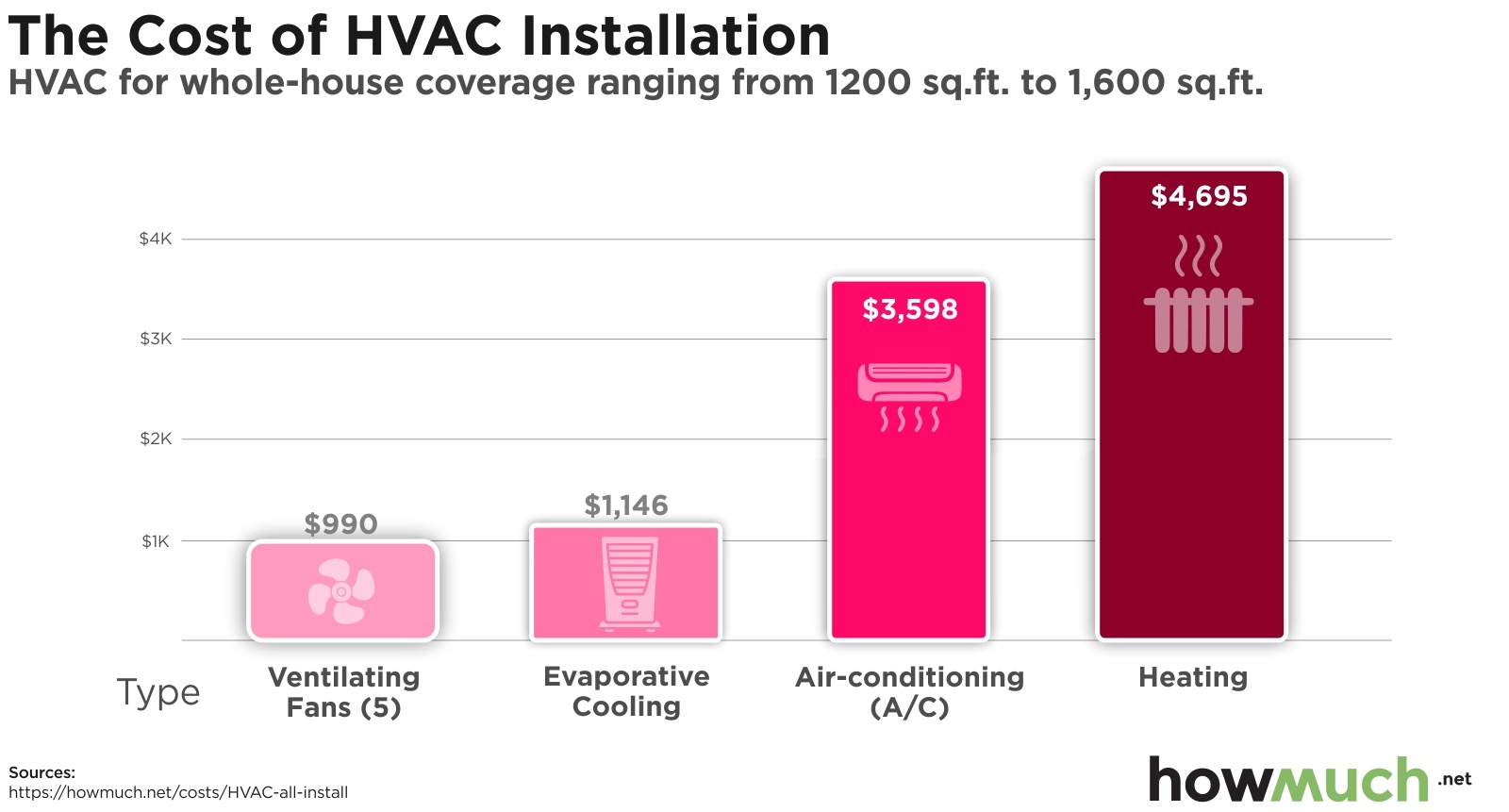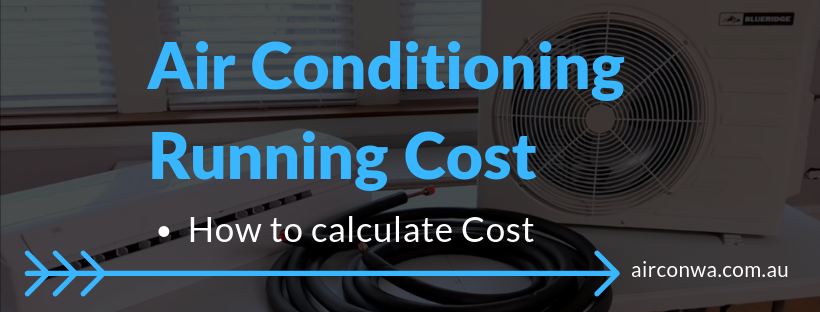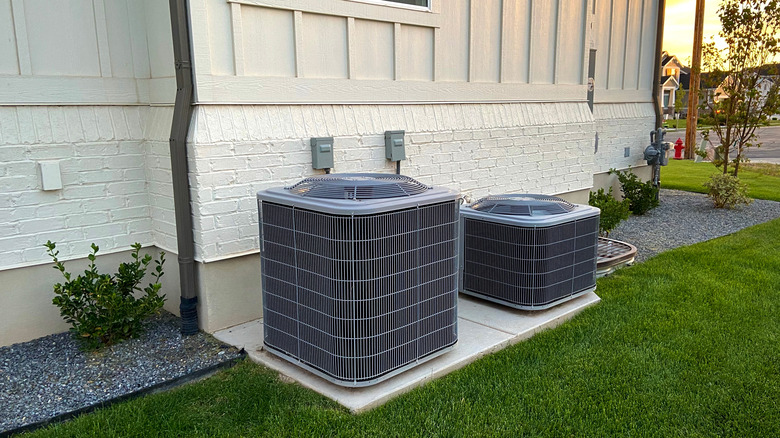How Much Does It Cost To Run Central Air

Central air conditioning offers welcome relief during sweltering summers, but the comfort comes at a cost. Understanding how much it really costs to run your central AC is the first step towards taking control of your energy bills and making informed decisions about your home's cooling system. This article breaks down the factors influencing your AC's operating costs, explores strategies for reducing consumption, and highlights how smart technologies can optimize energy efficiency, benefiting both homeowners and businesses.
Understanding the Factors That Impact Central AC Running Costs
Several key factors contribute to the overall cost of running central air conditioning. These include:
- Unit Size and Efficiency (SEER Rating): The size of your AC unit (measured in BTUs) and its Seasonal Energy Efficiency Ratio (SEER rating) are critical determinants of energy consumption. A higher SEER rating indicates a more efficient unit, meaning it uses less electricity to produce the same amount of cooling. Energy Star recommends a SEER rating of at least 15 for central air conditioners.
- Electricity Rate: Your local electricity rate, expressed in cents per kilowatt-hour (kWh), directly affects how much you pay for each unit of energy your AC consumes. Check your electricity bill for this information, as rates vary significantly by location and provider.
- Usage Patterns: How often and for how long you run your AC significantly impacts your energy bill. If you keep your home consistently cool even when you're away, you'll consume considerably more energy than someone who only cools their home during occupied hours.
- Climate and Insulation: The climate you live in plays a crucial role. Hotter climates require more cooling, leading to higher energy consumption. Additionally, inadequate insulation in your home's walls, roof, and windows allows heat to leak in, forcing your AC to work harder and consume more energy.
- Maintenance: A poorly maintained AC unit operates less efficiently. Clogged air filters, dirty coils, and refrigerant leaks can all reduce cooling capacity and increase energy consumption. Regular maintenance is key to keeping your system running optimally.
Calculating the Cost: A Step-by-Step Guide
To estimate the cost of running your central AC, you can use the following formula:
Hourly Cost = (Unit Wattage / 1000) x Electricity Rate (per kWh)
Here's a breakdown of how to find each element:
- Unit Wattage: This information is usually found on the AC unit's nameplate or in the owner's manual. Alternatively, you can estimate wattage using the unit's BTU rating. A general rule of thumb is 350 watts per 12,000 BTU (1 ton).
- Electricity Rate: As mentioned earlier, your electricity rate is available on your monthly bill.
Example: Let's say you have a 3-ton (36,000 BTU) AC unit with an estimated wattage of 3500 watts, and your electricity rate is $0.15 per kWh.
Hourly Cost = (3500 / 1000) x $0.15 = $0.525 per hour
To estimate your monthly cost, multiply the hourly cost by the number of hours you run your AC per day and then by the number of days in the month.
Monthly Cost (assuming 8 hours of daily use) = $0.525 x 8 hours/day x 30 days/month = $126 per month
Important Note: This is just an estimate. Actual costs can vary depending on the factors mentioned earlier.
Strategies for Reducing Central AC Running Costs
Fortunately, there are numerous ways to lower your central AC running costs and improve energy efficiency.
1. Upgrade to a High-Efficiency Unit
Consider upgrading to a new AC unit with a higher SEER rating. While the upfront cost may be significant, the long-term energy savings can be substantial. Look for units that meet Energy Star standards to ensure optimal efficiency. Modern units also often use more environmentally friendly refrigerants. Consult with an HVAC professional to determine the appropriate size and SEER rating for your home or business.
2. Optimize Your Thermostat Settings
Adjusting your thermostat settings can make a significant difference. The Department of Energy recommends setting your thermostat to 78°F (26°C) when you're home and higher when you're away. Consider using a programmable thermostat to automatically adjust the temperature based on your schedule.
3. Improve Insulation and Seal Air Leaks
Proper insulation helps prevent heat from entering your home, reducing the workload on your AC. Insulate your attic, walls, and floors to recommended R-values for your climate. Seal any air leaks around windows, doors, and other openings using caulk and weather stripping. This simple measure can dramatically reduce energy loss.
4. Regular Maintenance
Schedule regular maintenance for your AC unit. Clean or replace air filters monthly, and have a qualified HVAC technician inspect and clean the coils, check refrigerant levels, and ensure all components are functioning properly. Regular maintenance can improve efficiency and extend the lifespan of your unit.
5. Use Fans in Conjunction with AC
Ceiling fans and portable fans can help circulate air, making you feel cooler and allowing you to raise your thermostat setting. Fans use significantly less energy than air conditioners, so incorporating them into your cooling strategy can save you money.
6. Block Sunlight
During the hottest part of the day, close curtains, blinds, or shutters to block direct sunlight from entering your home. This can help reduce heat gain and lower your AC's workload. Consider installing window film to further reduce solar heat gain.
7. Consider Smart Home Integration
Integrating smart home technology with your HVAC system can provide even greater control and energy savings.
The Power of Smart HVAC: Lowering Costs and Increasing Comfort
Smart thermostats, sensors, and connected HVAC systems are revolutionizing home and business energy management. These technologies offer several key benefits:
- Remote Control and Monitoring: Control your thermostat from anywhere using your smartphone or tablet. Monitor energy consumption in real-time and make adjustments as needed.
- Geofencing: Automatically adjust the thermostat based on your location. For example, the thermostat can automatically lower the temperature when you leave home and raise it when you return.
- Learning Algorithms: Smart thermostats learn your heating and cooling preferences and automatically adjust the temperature to optimize comfort and energy savings.
- Zone Control: Some smart HVAC systems allow you to control the temperature in individual zones of your home or business. This allows you to cool only the areas that are occupied, saving energy and money.
- Integration with Other Smart Home Devices: Connect your smart thermostat to other smart home devices, such as smart blinds and lighting systems, to create a fully integrated energy management system.
For example, a smart thermostat like Nest or Ecobee can learn your schedule and adjust the temperature accordingly, automatically lowering energy usage when you're away. Integration with smart sensors can also detect occupancy in specific rooms, adjusting airflow and temperature accordingly.
Government Incentives and Rebates
Many government agencies and utility companies offer incentives and rebates for upgrading to energy-efficient HVAC systems and implementing energy-saving measures. Check with your local utility company and state energy office to see what programs are available in your area. The Energy Star website is also a valuable resource for finding information on rebates and tax credits.
These incentives can significantly reduce the upfront cost of upgrading to a more efficient system, making it an even more attractive investment.
ROI: The Long-Term Savings
While upgrading to a high-efficiency AC unit or installing a smart thermostat may involve an initial investment, the long-term energy savings can provide a significant return on investment (ROI). By reducing your energy consumption, you can lower your monthly utility bills and save money over the lifespan of the system. Furthermore, increasing your home's energy efficiency can also increase its resale value.
Consider the following scenario: Upgrading from a SEER 10 unit to a SEER 16 unit can reduce energy consumption by as much as 30-40%. Over a 10-year period, this could translate into thousands of dollars in savings, easily offsetting the initial cost of the upgrade.
Conclusion
Understanding the costs associated with running your central air conditioning is crucial for making informed decisions about energy consumption. By considering factors such as unit size, efficiency, electricity rates, and usage patterns, you can accurately estimate your AC's operating costs. Implementing strategies such as upgrading to a high-efficiency unit, optimizing thermostat settings, improving insulation, and embracing smart home technology can significantly reduce your energy bills and improve your home's energy efficiency. By taking control of your cooling system, you can enjoy a comfortable home environment while minimizing your environmental impact and maximizing your savings.
